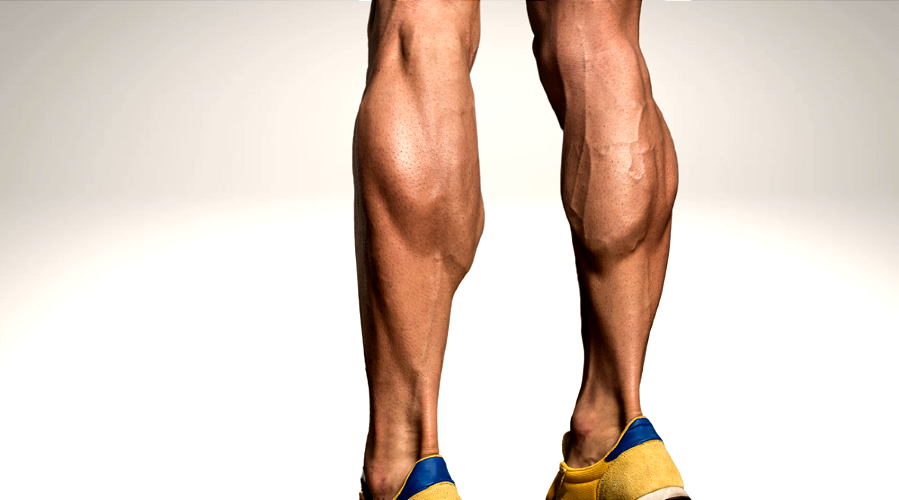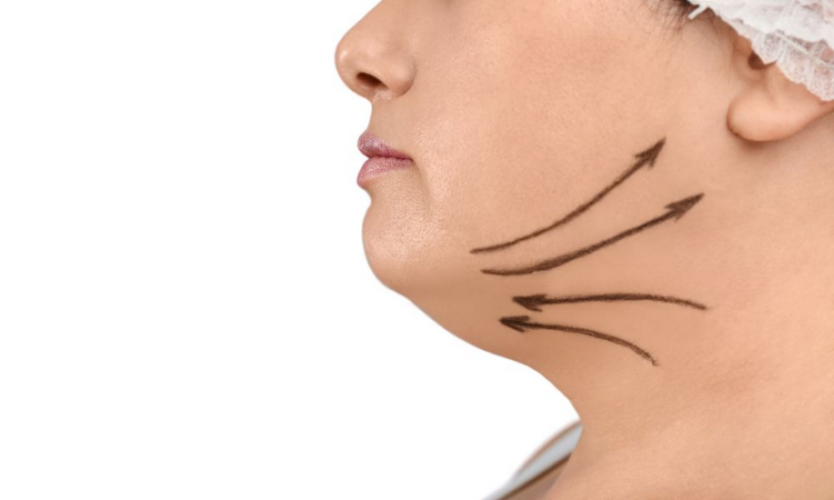Whether you’re an athlete looking to balance your physique, a bodybuilder aiming for that perfect symmetry, or simply someone desiring more defined calves, the contour of your calf muscles can significantly impact the aesthetic appearance of your legs. Thankfully, cosmetic surgery offers solutions tailored to meet these needs: calf augmentation with silicone implants and fat transfer. Let’s delve into what these procedures entail, their benefits, and what you can expect if you’re considering enhancing your calf contour.
What is Calf Augmentation?
Calf Augmentation is a cosmetic procedure designed to improve the size, shape, and contour of the calf muscles. This can be particularly beneficial for those who have naturally small calves, muscle imbalance due to congenital disabilities or injuries, or simply wish for fuller and more defined lower legs.
Methods of Calf Augmentation
1. Calf Implants with Silicone Implants
Silicone implants are a popular choice for those seeking a more pronounced calf muscle. Here’s a breakdown of the process:
– Consultation: This is the first step wherein a detailed discussion with your surgeon helps determine the size and shape of the implants to meet your desired outcome.
– Procedure: The surgery typically lasts about 1-2 hours. Under anesthesia, the surgeon makes a small incision behind the knee and creates a pocket between the calf muscles where the silicone implant is placed.
– Recovery: Post-surgery, you might experience some swelling and discomfort, which will subside within a few weeks. Most patients can return to their normal activities within a month, although strenuous activities should be avoided for at least 6-8 weeks.
2. Fat Transfer for Calf Augmentation
Fat transfer is another innovative approach where fat from another part of your body is used to enhance the calves. Here’s what you can expect:
– Consultation: This involves identifying suitable donor sites (commonly the abdomen or thighs) where excess fat can be harvested.
– Procedure: The surgery is performed in two phases: liposuction to extract fat from the donor site, followed by purification and meticulous injection of this fat into the calves.
– Recovery: Recovery time for fat transfer is relatively shorter. Initial swelling and bruising are expected, but many patients can resume moderate activities within two weeks and more intense physical activities after about a month.
Benefits of Calf Augmentation
– Enhanced Aesthetic Appearance: Both techniques offer a significant boost to the calf’s shape, creating a more proportionate and muscular appearance.
– Boosted Confidence: Improved physical appearance often leads to higher self-esteem and confidence.
– Customizable Results: Whether through implants or fat transfer, the procedures can be tailored to achieve the desired contour and volume.
Is Calf Augmentation Right for You?
Calf augmentation is ideal for individuals who are in good overall health but are dissatisfied with the shape and size of their calves. It’s important to have realistic expectations and to discuss these thoroughly with a board-certified plastic surgeon specializing in calf augmentation.
Calf augmentation, whether via silicone implants or fat transfer, is a safe and effective way to enhance the shape and size of your calves, leading to a more balanced and aesthetically pleasing leg contour. If you’re considering this procedure, consult with a qualified plastic surgeon to discuss your goals, expectations, and the best approach for your unique body.
Empower yourself with the knowledge to make informed decisions about your body and take the first step toward enhancing your calf contour with confidence.
Choosing a qualified and experienced plastic surgeon is crucial. Look for a professional with demonstrated expertise in calf augmentation, view before-and-after images of previous patients, and don’t hesitate to ask questions during your consultation.






